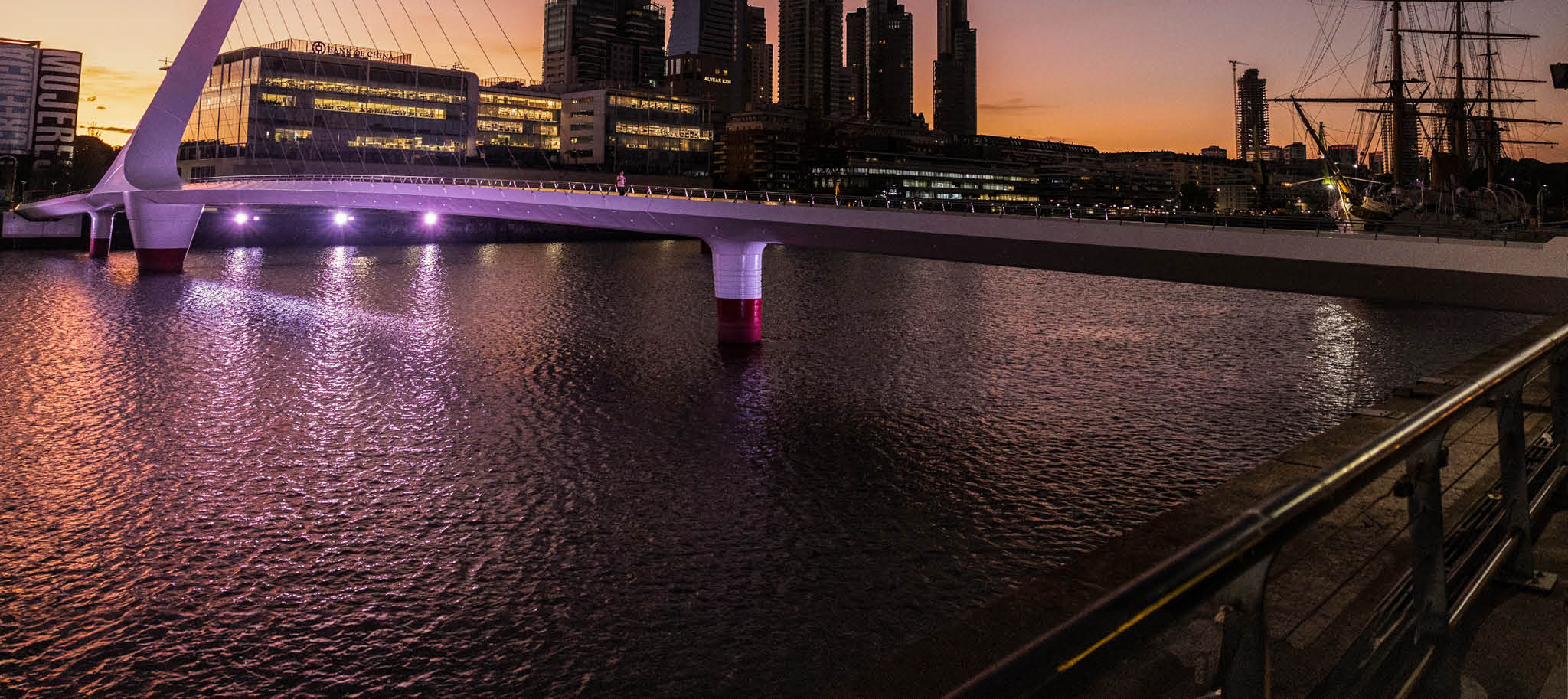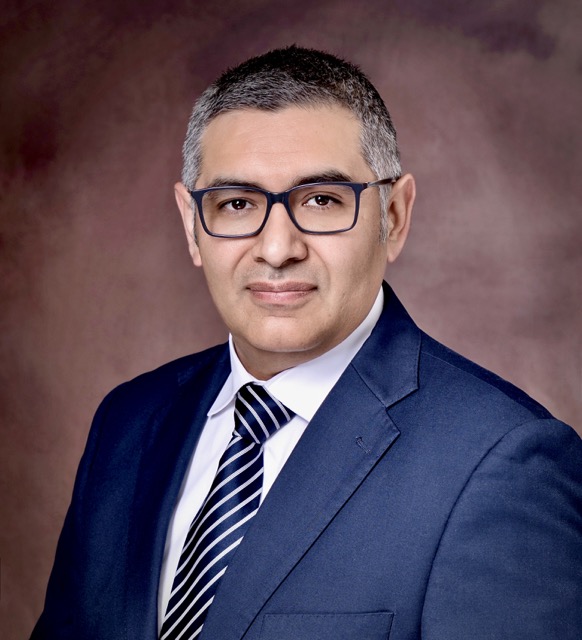As the world continues to shift to “green”, the steel industry is following suit. The last major tech revolution in the steel industry was the electric arc furnace (EAF) more than one hundred years ago. Now, the need to decarbonize the steel industry has initiated the next tech wave, but this time, there is no single and easy solution. Achieving decarbonization requires multiple, different technologies working together to create a more sustainable solution and prepare the steel industry for a brighter future. For example, steel operators (like many of their counterparts in other industries) can be seen evaluating options for not only reducing but also capturing, storing, and reutilizing carbon emissions.
At the time of writing this article, most heavy investments are being made in lower-carbon options such as clean iron production and electric steelmaking. These are not the only options for decarbonizing the steel industry, but electric methods are certainly a popular choice and can be seen popping up in facilities around the world. As of 2023, there are approximately 380 different locations producing steel via the blast furnace-basic oxygen furnace (BF-BOF) method and 400 producing it via the cleaner EAF method. The quantity of the latter will increase rapidly in the years to come, and I'll explain why.
Why do we need blast furnace emissions?
Of the various types of steel operations, blast furnace operations generate the most carbon emissions. Today, blast furnace operations comprise close to 73% of the world’s steel production and over 80% of global steel industry emissions. The method can emit between 1.9 and 2.5 tons of CO2 per ton of steel produced, a range greatly influenced by:
- Environmental regulations
- Melting technology
- Level of process optimization
- Quality of materials used.
As incredible as it sounds, the world still needs this blast furnace process. Its throughput and quality are essential in supporting the growth of emerging economies and the requirements of transitioning to renewable energies. Indeed, one of the main advantages of blast furnaces is their large throughput, meaning that in specific locations where the demand requires a higher quantity of steel with restrictive quality, the main production method will be BF-BOF.
Three stages of decarbonizing steel production
Steelmakers are committing to producing steel more responsibly and making this process environmentally friendly in the near term. But decarbonization is not a simple path. To define the right solution, a steel producer must consider many things: the market, local demand, steel application, technical feasibility, and ultimately, their desire to decarbonize. Many companies are laying the foundation to decarbonize blast furnace metal operations by dividing it into three main phases.
Stage 1: Process and materials optimization
The first phase focuses on optimizing materials and processes. This means controlling all the parameters within the blast furnace itself and utilizing materials that can produce less CO2 to minimize emissions.
Something that wasn't meaningfully happening in the past was optimizing the usage of metal scrap to reduce emissions. For example, most of the waste from the steelmaking process can be used in other applications such as slag for cement or roads. Alternatively, high-value metals such as vanadium can be recovered from the waste.
Specific to our discussion here, circulating steel scrap back into the BF-BOF method reduces the quantity of iron ore required to produce new steel, thereby reducing the amount of CO2 emitted. Scrap is also the main raw material for electric steelmaking. A fantastic coincidence, no?
But there are also limits to using scrap to decarbonize the steel industry. Several countries in Europe (like Turkey, for example) are heavily dependent on imported scrap as a resource. If scrap usage increases both within the BF-BOF process and new-age electric steelmaking, countries will preserve their scrap metals for domestic use, reducing the amount available to export. This simultaneous increase in demand but shortage in supply would create more cost-challenging scenarios for operators, and potentially stifle their attempts to decarbonize by leveraging scrap metals.
That said, the decarbonizing potential of this first stage alone is significant. When processes and materials are optimized properly, carbon emissions can be reduced by 0.5 tons of CO2 per ton of steel, leaving steel producers with the remaining 1.5-2.0 tons of CO2 per ton of steel to solve for.
Stage 2: Carbon capture
In the second stage, a producer optimizes their tech. When it comes to the BF-BOF method, initial carbon capture projects can be a quick solution. The only challenge is that an average of 6,000 tons of CO2 needs to be captured per day for each blast furnace, equating to over 3 billion tons of CO2 to be captured annually worldwide. And not all locations have the geological conditions necessary to properly store the captured carbon.
In the best case (or worst, depending on who you ask), the CO2 can be transported to a nearby location to be stored underground—but it’s definitely not the most economical solution. In fact, it can be rather expensive, meaning that the costs associated with transporting and storing CO2 will make carbon capture a difficult decision for some producers. Steelmaking companies will need economic support and incentives to apply and scale up this tech option. The good news is that initiatives like the Inflation Reduction Act of 2022 in the US and Europe’s Carbon Border Adjustment Mechanism are being established to incentivize the creation of a carbon reduction economy—with other countries looking to set up similar economic incentives soon.
The other option is for steelmakers to consider replacing their blast furnaces with a direct reduced iron-electric arc furnace (DRI-EAF) process for hydrogen production and utilization. Doing this requires around 650 cubic meters of hydrogen per ton of reduced iron, which translates to 350 gigawatts of electricity if the hydrogen is produced via electrolysis. This quantity of electricity does not include the additional consumption to melt the DRI in the EAF. Several additional terawatts of electricity are needed to produce and melt the iron and make it steel.
The challenges to overcome with this option are both the supply of green electricity and grid capacity. Much of the existing electrical grid infrastructure is not yet ready to handle the additional capacity required. Significant planning, time, and investment will need to be made to support the move to hydrogen-based steelmaking and ultimately replace blast furnaces completely.
Stage 3: Carbon capture and utilization tech deployed
Given that some locations are unable to economically store CO2 underground, there’s an additional requirement to satisfy in decarbonizing the steel industry: CO2 utilization. Initial pilot projects can already be seen testing various applications of the captured carbon—applications involving plastics, polymers for achieving synthetic fibers, and e-fuels. This last one might have a considerable market given its ability to absorb large volumes of CO2; nevertheless, the CO2 will be released into the atmosphere after the fuel is burned.
In short, the last step in decarbonizing steel production—more specifically, the blast furnaces still in use—depends heavily on the development of tech and markets for utilizing captured CO2.
Two avenues to net zero in the short term
In cases where optimizing processes and materials are not enough to achieve set decarbonization goals, a steel manufacturing location can consider either carbon capture and storage or hydrogen-fueled production.
For carbon capture, the primary challenge is space: A steel plant must have free space available for installing the capture equipment. If it does, then carbon capture can be managed relatively easily through the right tech. The second major challenge revolves around the economics of carbon capture. Today, there are two main ways of capturing carbon: aqueous amine and non-aqueous amine. The difference between the technologies is the energy and equipment needed to boil the amine liquid.
Non-aqueous solvent amine tech has been developed to capture carbon in low CO2 concentration processes like cement, steel, and iron production. Its main advantage is that it does not require water, thereby reducing the energy required to evaporate the water in the solvent. Not to mention that it’s the volume of amine liquid that drives the size requirements of the capture equipment. A higher energy-intensity project will need larger equipment, while a smaller energy-intensity project will use smaller equipment. The size of the equipment, in turn, is directly related to the cost of the project—a larger project (dimensionally-speaking) will require higher capital expenditure and operating costs.
A second alternative for reducing emissions is using biomass to reduce the coke required in the blast furnace, as well as hydrogen as part of the blast blend to partially replace the natural gas currently used. Based on my calculations, bringing these options together can reduce carbon emissions by 0.15 to 0.25 tons of CO2 per ton of steel!
The fastest solution
There is no single and easy way to decarbonize the steel industry. The solution depends on each plant’s specific needs, location, and external conditions, while market demand, energy sources, and material availability are additional constraints to consider when defining what “best” looks like for a particular producer. In the immediate term, carbon capture and storage seem to be the quickest options for reducing blast furnace emissions, but we need better economic scenarios built to apply this tech at scale.




